
I used to think “I don’t need to celebrate Hispanic Heritage Month because I celebrate our culture every day!” But as a person who went to school not seeing my culture celebrated or highlighted as much in the classroom, and a mom who is raising bilingual and multicultural kids, I recognize the importance of having a special time to highlight the contributions of the Hispanic/Latino community in the United States. It’s an important time when teachers can highlight and celebrate the diversity of Hispanic communities around our country while taking part in Hispanic Heritage Month activities.
Jump to:
What is Hispanic Heritage Month?
Hispanic Heritage Month celebrates Americans who have ancestry in countries that speak Spanish. That includes Latin America, the Caribbean, and Spain.
Hispanic Heritage Month was initially started in 1968 by Lyndon B. Johnson to celebrate the contributions of Americans who had come to the United States from Spanish-speaking countries. It was originally a weeklong commemoration until President Reagan expanded it to one month in 1988. In recent years, there has been a language shift to be more inclusive and say “Latinx” or “Latine” Heritage Month. In this article, I will be using those terms interchangeably.
What does Hispanic mean? What does Latino/Latinx/Latine mean?
Hispanic refers to people who speak Spanish or have ancestry from a Spanish-speaking country.
“Latino” and the more recently introduced terms “Latinx” and “Latine” refer to a larger group of people, those who come from Latin American countries.
What is the theme for Hispanic Heritage Month 2024?
Every year Hispanic Heritage Month has a theme. The theme for 2024 is “Pioneers of Change: Shaping the Future Together.”
When is Hispanic Heritage Month?
Hispanic Heritage Month starts September 15 (Independence Day in Costa Rica, El Salvador, Guatemala, Honduras, and Nicaragua) and continues until October 15. The month also includes Mexico’s Independence Day (September 16) and Chile’s Independence Day (September 18).
Hispanic / Latinx Heritage Month is a perfect opportunity to study and celebrate cultures from Latin America, from Mexico to Chile and the Caribbean, as well as Spain.
Below is a list of fun Hispanic Heritage Month activities that honor this special time of year. But first, let’s learn about the history of Hispanic Heritage Month and why we celebrate it.
Why should we celebrate Hispanic Heritage Month?
Hispanic Heritage Month celebrates the 63.7 million Hispanic Americans (19.1% of the U.S. population), representing close to a fifth of our nation’s population. Hispanic and Latino cultures are thriving across the country, and Hispanic Heritage Month is the perfect time to learn about important Latinx figures, learn something new about Hispanic cultures, eat yummy food, support Latinx communities, and join in on celebrations across the country. And truly, we are a fun bunch! Bring a bit of Hispanic culture into your classroom and home with some of these ideas.
Hispanic Heritage Month Activities for Students
Ready to educate your students about Hispanic heritage and join in the celebration? Try these Hispanic Heritage Month activities.
1. Read books by Hispanic/Latinx authors
There are many books for people of all ages that explore Hispanic and Latino themes and celebrate Latinx community members and contributions to our country.
Here are some favorites:
The Lil’ Libros series by Patty Rodriguez and Ariana Stein
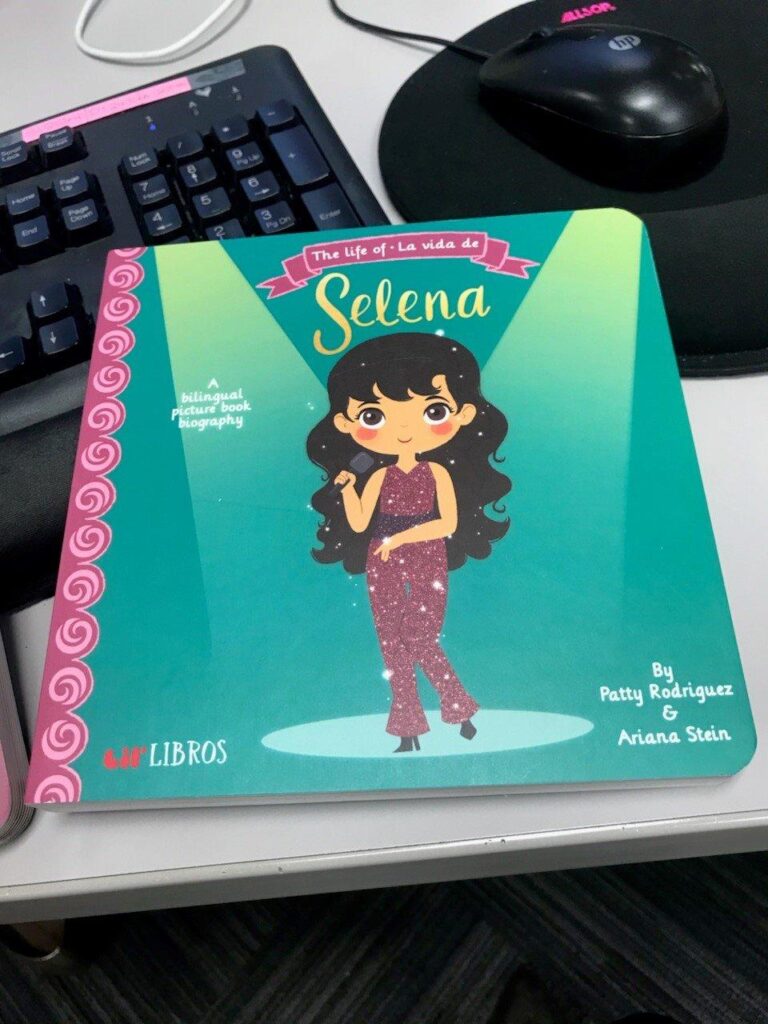
This is a collection of bilingual board books for children ages 0 to 3 that celebrates individuals (like Frida Kahlo, Selena, and El Chavo) and other parts of Hispanic culture like lotería and cities like Havana and Panama City.
Buy it: The Lil’ Libros series
Just Ask! Be Brave, Be Different, Be You by Sonia Sotomayor
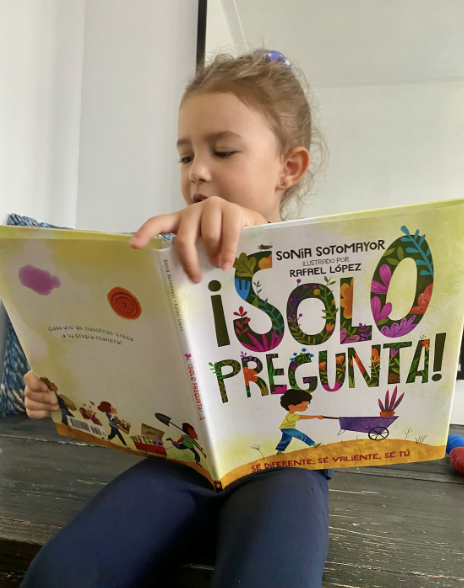
This book (yes, written by THE Supreme Court Justice Sonia Sotomayor) invites kids to ask if they are curious about others who may be different—Sotomayor wrote it to highlight that some people in society have different needs. It came out of her experiences with juvenile diabetes and how she was treated by others. It’s available in English, and since I am raising bilingual kids, we have a copy in Spanish too.
Buy it: Just Ask! Be Brave, Be Different, Be You (English) and ¡Solo pregunta! Sé Diferente, Sé Valiente, Sé Tú (Spanish)
Yes! We Are Latinos: Poems and Prose About the Latino Experience by Alma Flor Ada and F. Isabel Campoy
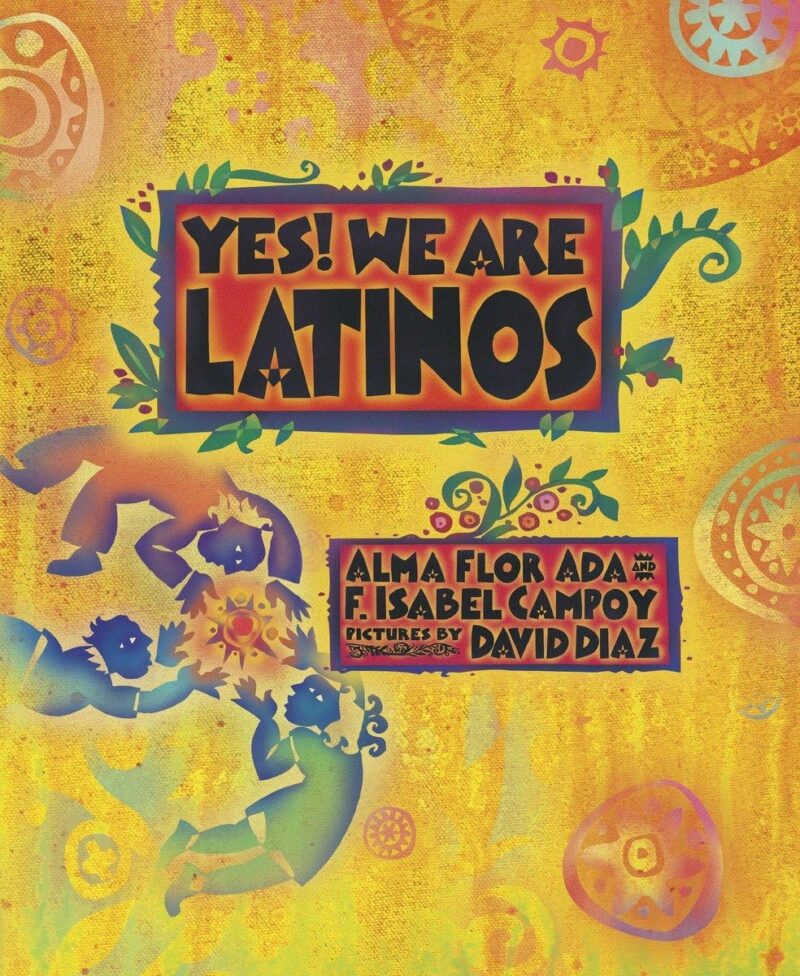
Best for kids in upper elementary and beyond, this is a collection of poems that celebrates the diversity of the Latino experience in the United States.
Buy it: Yes! We Are Latinos: Poems and Prose About the Latino Experience
Plus check out Books To Savor During Hispanic Heritage Month
2. Listen to and learn about Spanish dialects
Though the accent and slang may be different, there are 21 countries whose dominant language is Spanish. Show this six-minute YouTube Video to your middle and high school students so they can see and hear the differences in these Spanish dialects.
Learn more: Spanish Dialects Around the World on YouTube
3. Have students do a country study
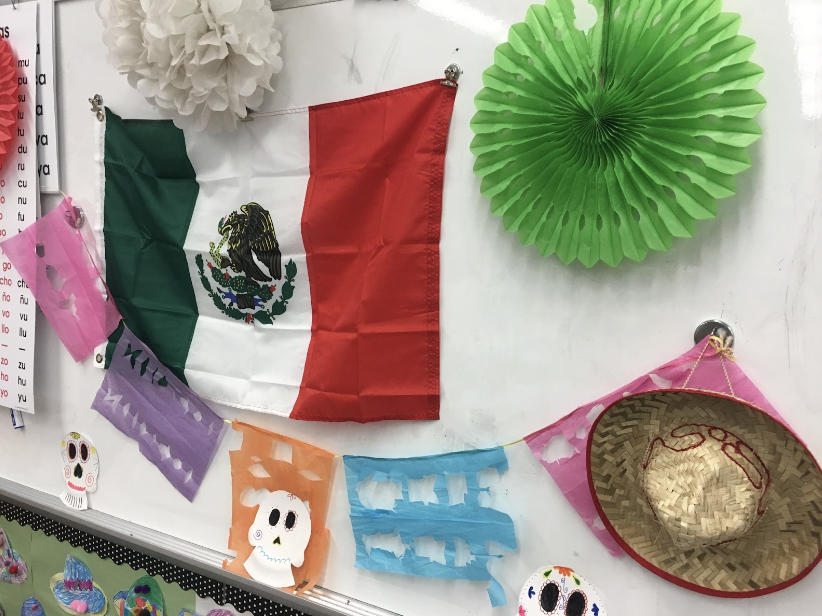
Having students do a country study can take many shapes. They can study and make oral presentations to the class or to parents. They can choose to present on the country’s music or food. They can create lively bulletin boards or poster boards to put up around the classroom … the list goes on and on! My children’s dual-language classrooms have selected a country each year, and by the time they finished, they had researched six countries in depth!
4. Try a free language-learning app
Spanish is the second-most spoken language in the United States, so why not incorporate Spanish lessons into the Hispanic Heritage Month activities? Duolingo is an incredibly popular app that allows students to learn Spanish, and there’s even a free standards-aligned version for schools where you can create assignments and see student progress. My daughter uses it to practice her Spanish skills. She loves the points and seeing progress.
Try it: Duolingo for Schools
5. Take a virtual tour of Mexican artist Frida Kahlo’s home
Frida Kahlo was an influential, now-iconic Hispanic artist. Tour her house, La Casa Azul, and study her art in this virtual tour.
Try it: Virtual Tour of La Casa Azul
6. Take a virtual tour of the National Museum of the American Latino
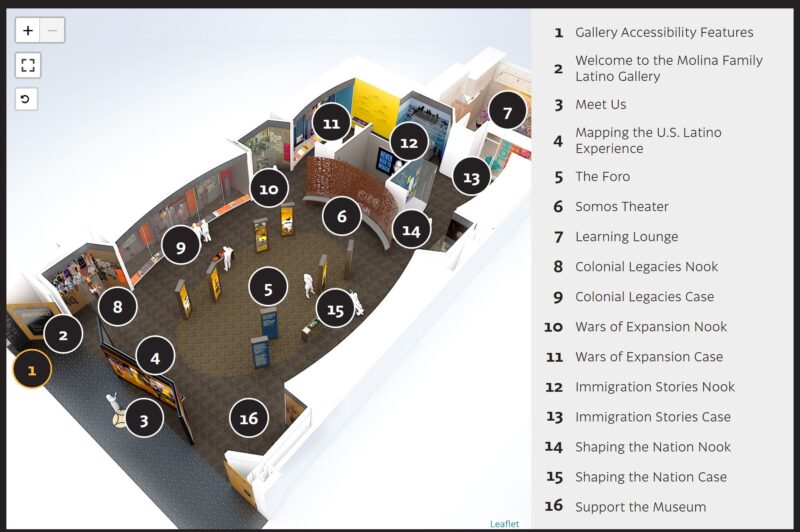
From lawmakers, advocates, and artistic creators to entertainment superstars, Hispanic Americans are making a huge impact in today’s society. Explore the Molina Family Latino Gallery at the Smithsonian National Museum of American Art online, where students can learn about famous and influential Hispanic Americans.
Try it: Molina Family Latino Gallery Virtual Tour at the Smithsonian’s National Museum of the American Latino
7. Learn about prominent Latino figures
Hispanic and Latin American individuals have contributed greatly to our country and the world. Invite students to learn about prominent Latino figures by reading books, listening to speeches, or watching movies or documentaries about their lives.
Here are some prominent people to learn about:
- Songwriter and director Lin-Manuel Miranda
- Supreme Court Justice Sonia Sotomayor
- Indigenous activist Rigoberta Menchú
- Labor rights and immigrant rights activist Dolores Huerta
- Baseball player Roberto Clemente
- Singer Celia Cruz
8. Bring Latino rhythms and dances into your classroom

There are so many rhythms and dances throughout Latin America—merengue, salsa, cumbia, vallenato, tango … and on and on. Invite dancers to your classroom or bring in a residency so kids can learn. My daughter’s school had a flamenco residency in first grade. You can also simply watch some videos, listen to the rhythm, and practice the dance moves in the classroom.
Here are some great videos to get you started:
9. Listen to mariachi music
A mariachi is a small Mexican musical ensemble composed of a variety of mostly stringed instruments, but it can also include air instruments like trumpets. Typically they have been male-dominant ensembles that sing a variety of songs, from slow songs of love or grief to high-energy dance songs. In recent years, there have been more female mariachi bands, like Mariachi Flor de Toloache. Mariachis are a typical form of entertainment at Hispanic events including weddings, birthdays, quinceañeras, and holidays.
10. Make and taste Latinx treats
Like music, traditional foods help students understand and appreciate a country’s culture. Many students have heard of tacos and quesadillas, but there is so much more than that in Latinx cuisine.
Students can research how a Latinx recipe reflects the country it’s from, and then make it and share it. You can make quick treats in the classroom or at home such as:
11. Host a Hispanic food potluck
There are so many foods, recipes, and traditions that vary from country to country and region to region. Students can bring in treats and have a food potluck in the classroom or as a school. Students can also do research on what foods are available in their neighborhoods, visit a local panadería (bakery) to see what they can find, or you can invite chefs or home cooks (or parents!) to the classroom to present and talk about foods they enjoy making and how they celebrate their Latino culture.
12. Make papel picado decorations
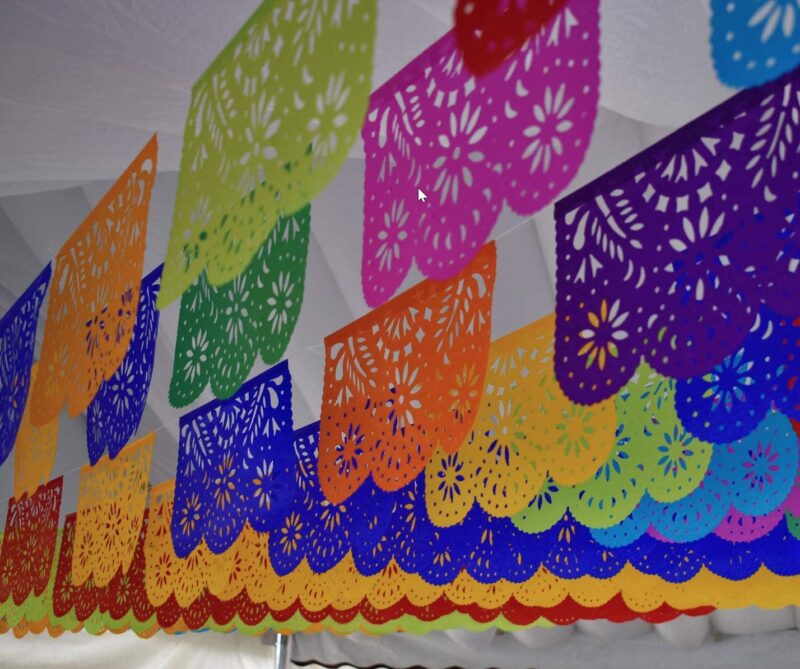
Papel picado translates to punched or perforated paper. This traditional paper decor is found in a variety of Hispanic cultural events. It is used to decorate during celebrations such as Día de Muertos (Day of the Dead) and events like birthdays and baby showers, as well as to simply add festive decor to family homes. Papel picado can be purchased online or in stores, or it can even be created as a DIY craft.
Buy it: Plastic Papel Picado
13. Play lotería
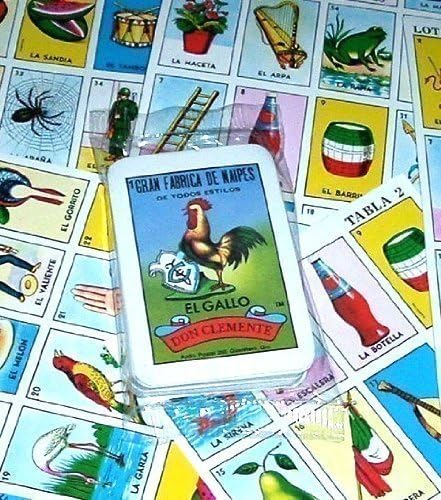
Lotería is a popular game that is very similar to bingo. It dates back to the 18th century when it was brought over from Europe. The traditional Mexican version has been sold since the late 19th century. Because it is such an old game, some of the images have not aged well and may need explanations—for example, el borracho means “the drunkard” and there is an image that is called El Negrito. I suggest having conversations about these images. There is also an updated version of the traditional game called “Millennial Lotería.” It is a fun game for the classroom and for people of all ages!
Buy it: Lotería (original) and Lotería (millennial)
14. Watch a video or assign a research project about El Día de los Muertos
El Día de los Muertos (The Day of the Dead) is a Mexican holiday. It is celebrated from midnight on October 31 until November 2. During this time, it is believed that the gates of heaven are open and spirits of people who have passed on can rejoin their families here on Earth for those two days. People gather at cemeteries to welcome back the souls of their relatives with food, drinks, decorations, and celebration.
15. Celebrate Afro-Latinidad
Due to the transatlantic slave trade, which brought people of Africa to the American continent, there are sizeable Black populations in numerous countries in Latin America, including in Colombia, which has the first free Black city, Palenque, created by runaway enslaved people. The video above is a great place to start learning more about African cultures across Latin America.
16. Virtually tour ancient Indigenous ruins

Hispanic Heritage Month includes celebrating the indigenous communities and history in Latin America. There is a lot of Indigenous history and archaeology to explore. Check out one of Mexico’s Mayan pyramids, Chichén Itzá. Or for more Hispanic Heritage Month activities, take a tour of the historical city of Teotihuacán, also in Mexico.
17. Explore the ancient Indigenous cities
There are multiple sites that explore the different indigenous communities of Latin America. Of course, the most popular one may be Machu Picchu in Peru, an archaeological site of the ancient Inca. There are others that are less famous but equally important: Ingapirca in Ecuador, which stands at 10,500 feet in the Andes. Another one is Isla del Sol in Bolivia’s Lake Titicaca, which is said to be the birthplace of the first Incas. Indigenous cultures are often overlooked, so inviting students to do research on these would be powerful. The truth is that indigenous cultures are a part of Latin American cultures and should be studied and celebrated.
18. Make aguas frescas
In Mexico, aguas frescas are quite popular. Literally meaning “fresh water,” an agua fresca is an aromatized water drink. In Mexico you can make them from fruits and flowers like hibiscus! Here is a refreshing pineapple and coconut agua fresca recipe.
19. Have a paleta party
Paletas are Mexican Popsicles that are often fruit flavored. They’re made with water (paletas de agua) or milk (paletas de leche). Read Paletero Man by Lucky Diaz, a celebration of paletas and the vendors who push carts full of paletas for kids to buy, and try a new flavor of paleta. Here’s a paleta recipe to make your own.
Buy it: Paletero Man by Lucky Diaz
20. Watch a movie by Latinx filmmakers
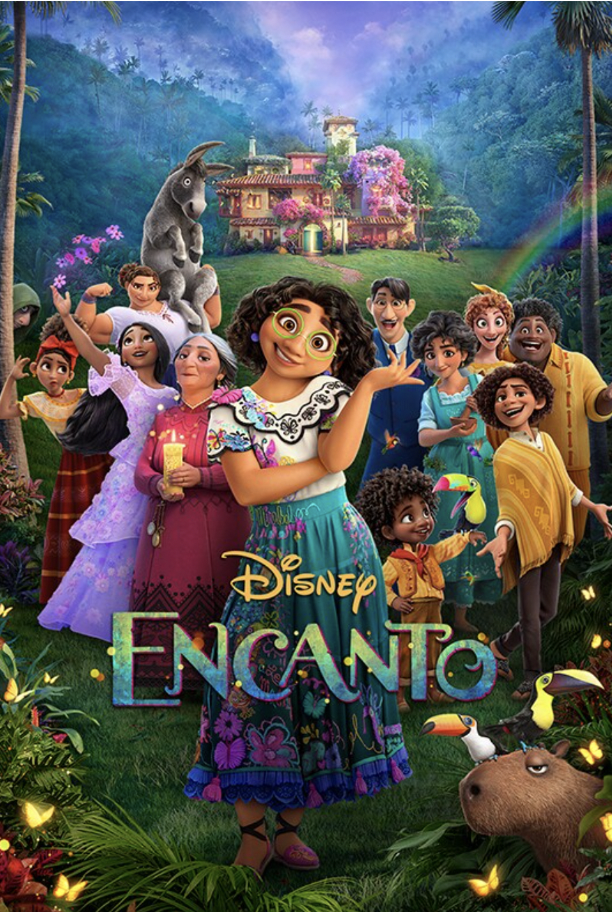
As a mom raising Latino kids and having once been a little Latina girl in the United States myself, I am so thrilled there are so many movies that showcase Latinx culture that kids can watch.
These are some great ones:
- Vivo by Lin-Manuel Miranda – Set in Cuba and Florida. Tells a story of lost love.
- Encanto – Set in Colombia. Explores themes of intergenerational trauma.
- Coco – Set in Mexico. Celebrates Día de los Muertos.
21. Brush up on Latin American geography

Practice Latin American geography with this puzzle that’s perfect for using in the classroom as part of a Hispanic Heritage Month lesson.
Buy it: Latin American Geography Puzzle
22. Play traditionally Hispanic games
Many countries have fun games that people of all ages will enjoy. In addition to lotería in Mexico, dominoes are popular in the Caribbean.
Buy it: Domino Set
23. Make hot chocolate
Despite the popularity of Swiss chocolate, chocolate actually originated in Latin America. Cacao beans are still cultivated in multiple Latin American countries including Mexico, Colombia, and Ecuador. Every country has a specific hot chocolate recipe.
In Colombia, you make hot chocolate with cheese like this:
In Mexico, it is called champurrado. Here’s how to make this Mexican hot chocolate exactly how an abuelita (grandma) would make it:
24. Make a retablo
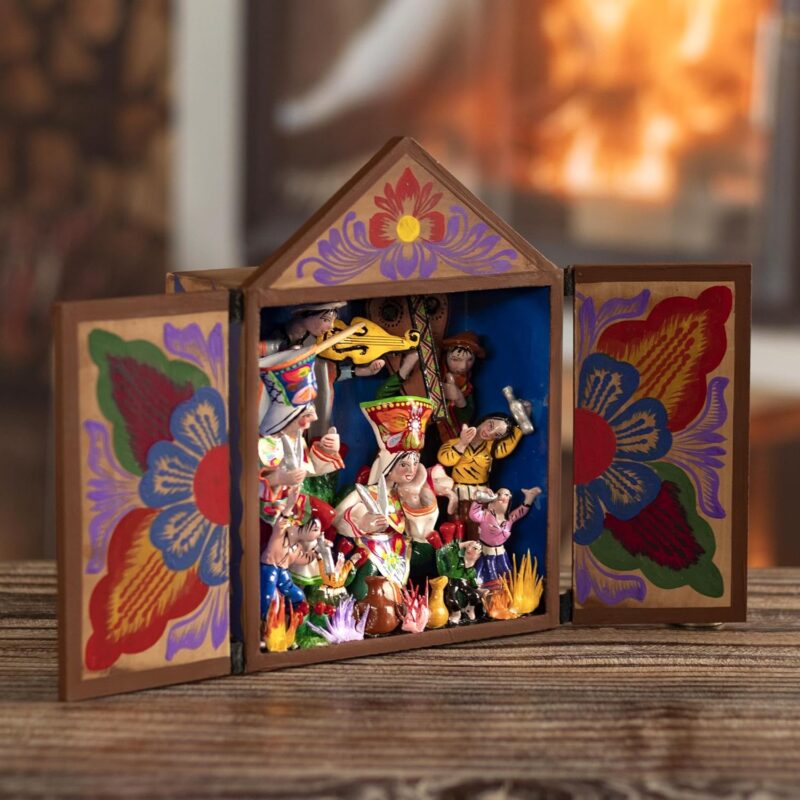
Peruvian retablos are a folk art made in the Andes mountains. They usually show religious scenes inside a box with doors, but they can also show cultural, political, or social events. It’s 3D storytelling in a wood box. Make your own with cardboard, paint, and other craft materials or buy one premade.
Buy it: Retablo